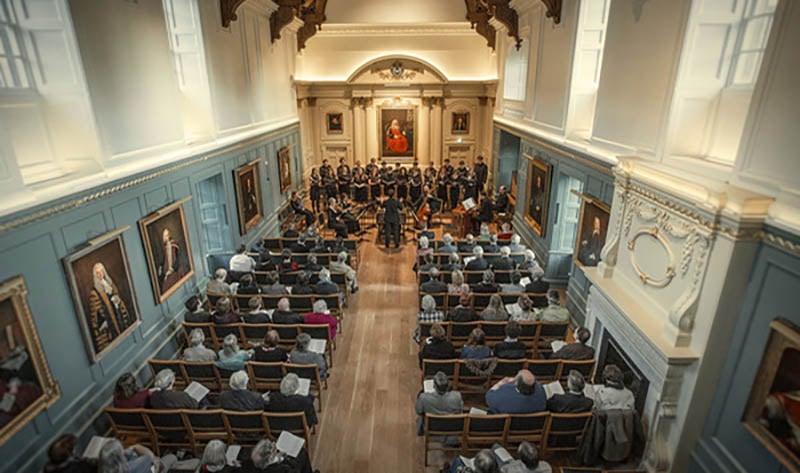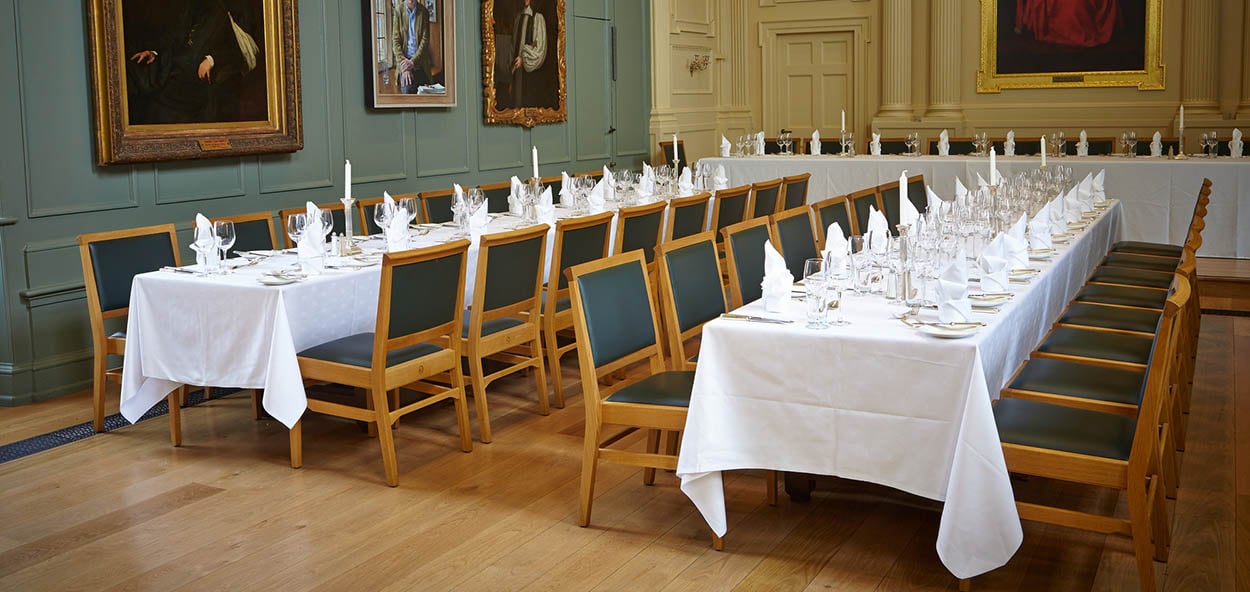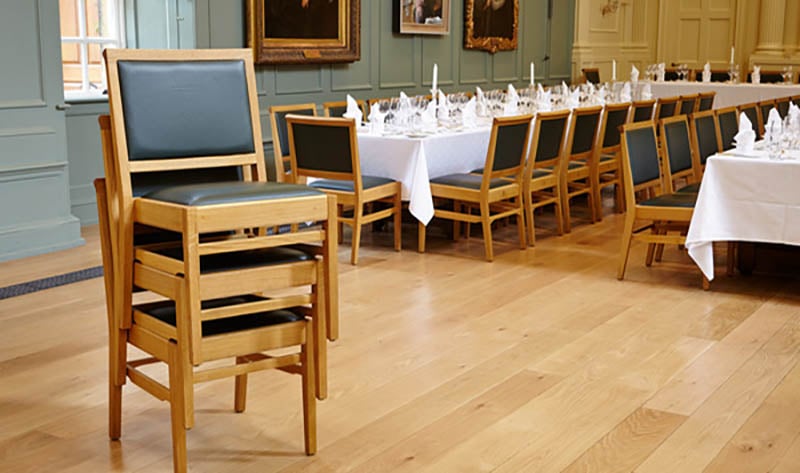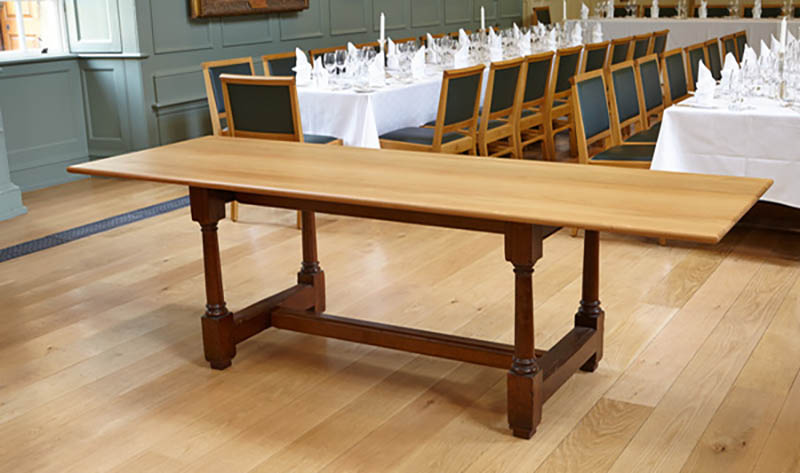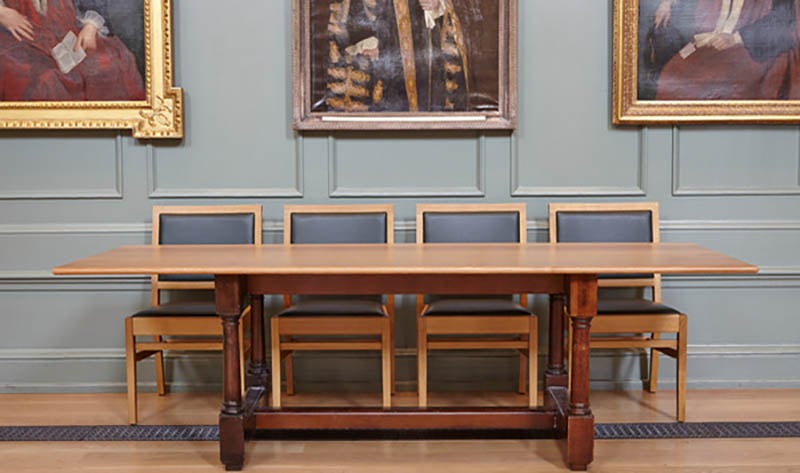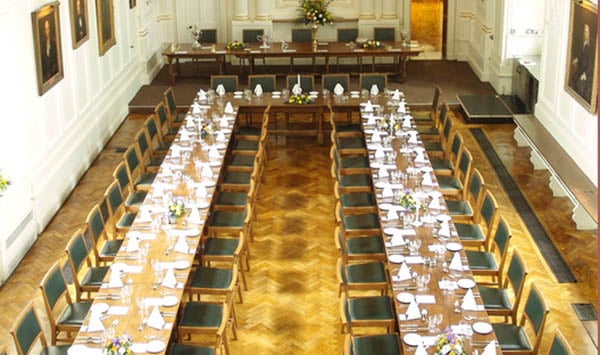Let's work together.
We take the architectural style of contemporary buildings and carry it into the form and function of highly sustainable, versatile and flexible furniture ranges that form a timeless part of the architecture. Talk to us about designing and value engineering for your project.

